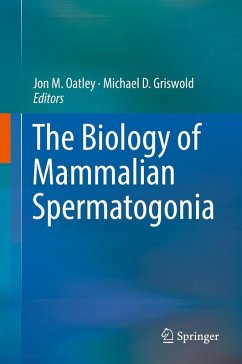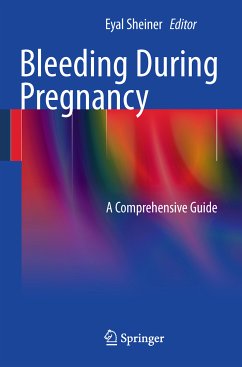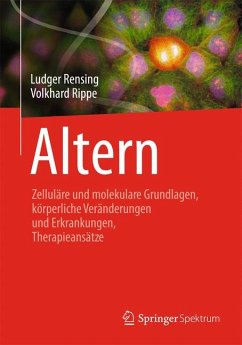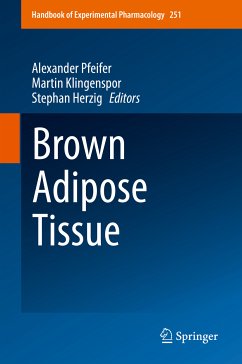
Uterine Endometrial Function (eBook, PDF)
Versandkostenfrei!
Sofort per Download lieferbar
72,95 €
inkl. MwSt.
Weitere Ausgaben:

PAYBACK Punkte
36 °P sammeln!
This book focuses on uterine endometrial function and receptivity from multiple perspectives. The chapters cover a variety of topics including the role of estrogen and progesterone, animal models, parameters for assessing endometrial receptivity, the mechanism of angiogenesis, epigenetic regulation, and stem/progenitor cells. Despite nearly 35 years of experience with in vitro fertilization, the rate of successful implantations remains low. Abnormal endometrial receptivity has been proposed as one of the factors contributing to reduced reproductive potential in women, but our understanding of ...
This book focuses on uterine endometrial function and receptivity from multiple perspectives. The chapters cover a variety of topics including the role of estrogen and progesterone, animal models, parameters for assessing endometrial receptivity, the mechanism of angiogenesis, epigenetic regulation, and stem/progenitor cells. Despite nearly 35 years of experience with in vitro fertilization, the rate of successful implantations remains low. Abnormal endometrial receptivity has been proposed as one of the factors contributing to reduced reproductive potential in women, but our understanding of it is limited. Endometrial receptivity results from an orchestrated interplay between the embryo and the maternal endometrium, and the receptive status, known as the window of implantation, is reached only briefly in the mid-luteal phase. This book provides a comprehensive overview of the latest advances in endometrial function and paves the way for innovative treatments and drug development for infertility. This work will appeal to a wide readership, from researchers on endometrial function and assisted reproductive technology (ART) to clinicians and technicians in the field of gynecology.
Dieser Download kann aus rechtlichen Gründen nur mit Rechnungsadresse in A, B, BG, CY, CZ, D, DK, EW, E, FIN, F, GR, HR, H, IRL, I, LT, L, LR, M, NL, PL, P, R, S, SLO, SK ausgeliefert werden.












